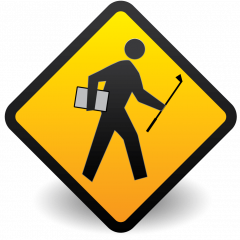IGNORED
Rules question,...
Note: This thread is 6131 days old. We appreciate that you found this thread instead of starting a new one, but if you plan to post here please make sure it's still relevant. If not, please start a new topic. Thank you!
-
Topics Being Discussed Right Now on The Sand Trap
-
- 46 replies
- 1,987 views
-
- 0 replies
- 20 views
-
- 73 replies
- 10,712 views
-
- 2,555 replies
- 320,124 views
-
"5 Minutes Daily" Practice Challenge 1 2 3 4 975
By iacas, in Instruction and Playing Tips
- 5 minutes daily
- dedication
- (and 6 more)
- 17,541 replies
- 1,638,933 views
-







Recommended Posts
Join the conversation
You can post now and register later. If you have an account, sign in now to post with your account.
Note: Your post will require moderator approval before it will be visible.